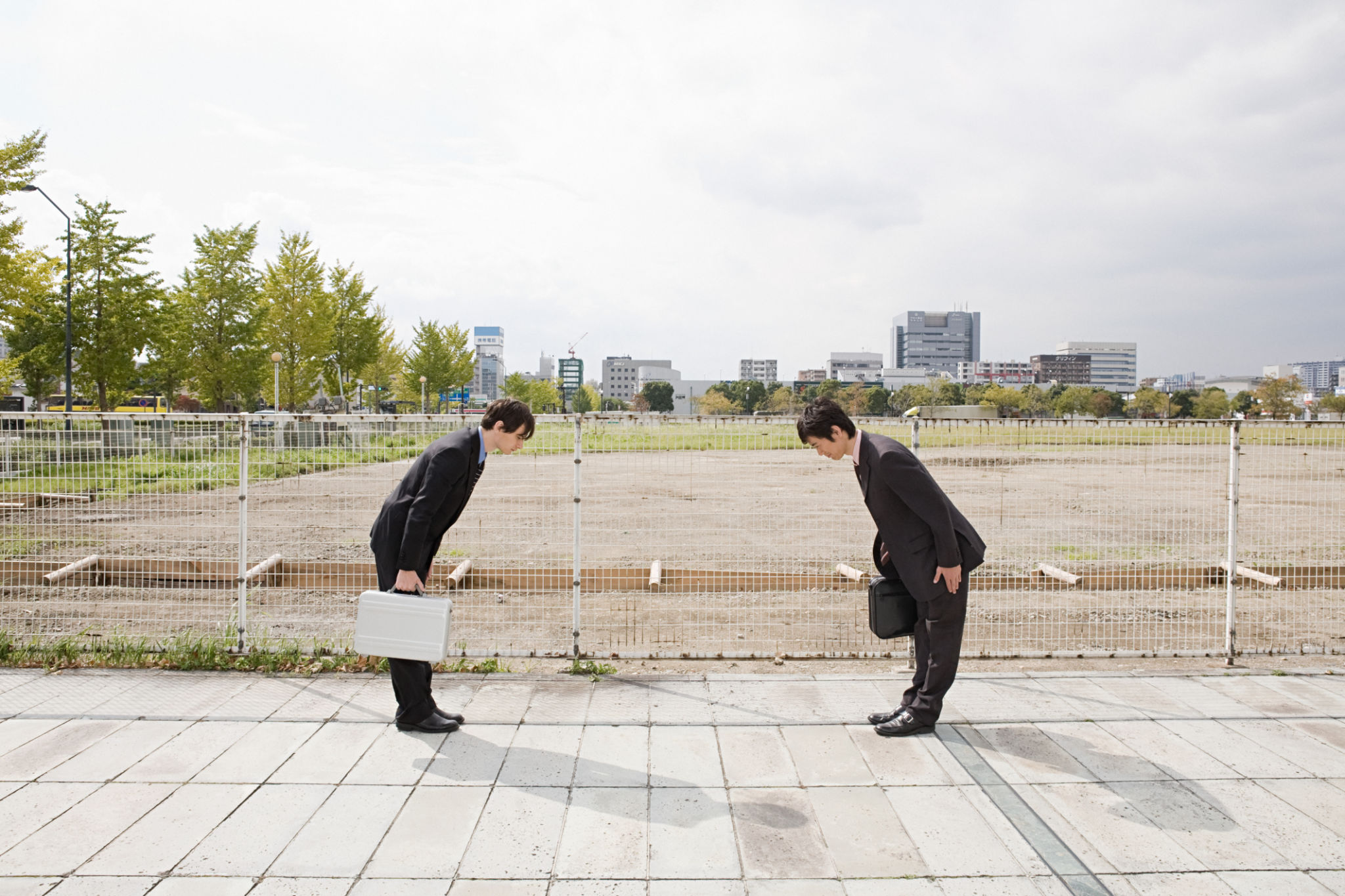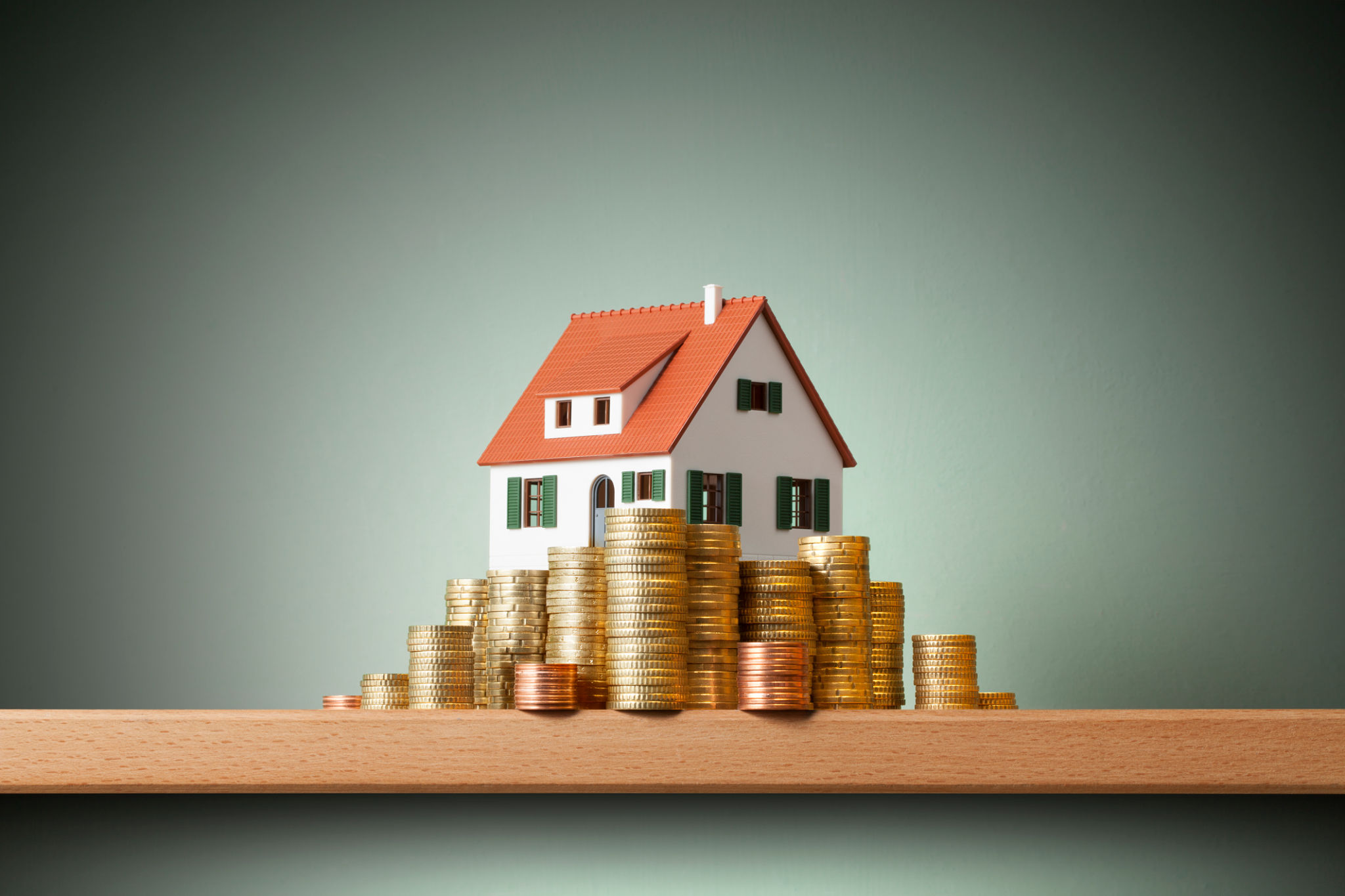How Do Prefabricated Homes Work? A Comprehensive Guide
Understanding Prefabricated Homes
Prefabricated homes, often referred to as prefab homes, offer an innovative approach to home construction. These homes are built off-site in a factory setting and then transported to the intended location for assembly. This method contrasts with traditional home-building processes, where everything is constructed directly on the site. Prefabricated homes have gained popularity due to their efficiency, cost-effectiveness, and reduced environmental impact.

The Building Process
The construction of prefabricated homes involves several distinct phases. Initially, the design phase allows homeowners to customize their new dwelling according to personal preferences and needs. Once the design is finalized, the construction process begins in a controlled factory environment. This setting ensures high-quality standards and minimizes delays often caused by weather and other external factors.
After the modules or sections of the home are completed in the factory, they are transported to the building site. Here, skilled workers assemble these sections on a pre-prepared foundation. This process is typically much faster than traditional construction methods, allowing homeowners to move into their new homes sooner.

Types of Prefabricated Homes
There are various types of prefabricated homes available, each catering to different needs and preferences. The main types include:
- Modular Homes: Built in sections or modules, these homes are transported to the site and assembled like building blocks.
- Panelized Homes: Constructed using panels for walls and roofs, offering flexibility in design.
- Manufactured Homes: Entirely constructed in a factory and transported as a single unit, often associated with mobile homes.
Benefits of Prefabricated Homes
Opting for a prefabricated home comes with numerous benefits. One of the most significant advantages is cost savings. Factory-controlled construction reduces waste and labor costs, often making prefab homes more affordable than traditional ones. Additionally, the speed of construction is a major plus, with some homes ready for occupancy in just a few months.
Moreover, prefab homes are known for their energy efficiency. They are often built with high-quality insulation and energy-efficient windows, which can result in lower utility bills for homeowners. Prefabricated homes also allow for greater customization and flexibility in design than many might assume.

Environmental Impact
Prefabricated homes can significantly reduce the environmental footprint compared to traditional construction methods. The controlled factory environment minimizes waste, as materials are often reused or recycled more efficiently. Additionally, the reduced construction time means fewer emissions from machinery and transportation.
Considerations Before Purchasing
Before investing in a prefabricated home, there are several factors to consider. It's essential to research local zoning laws and building codes to ensure compliance. Financing options may also differ from traditional mortgages, so it's crucial to explore available financial resources and lenders specializing in prefab homes.
Another consideration is the choice of manufacturer. It's important to select a reputable company with a track record of quality and customer satisfaction. Reviewing past projects and customer reviews can provide valuable insights into their reliability and craftsmanship.

The Future of Prefabricated Homes
The demand for prefabricated homes is expected to grow as more people recognize their benefits. Innovations in building technology continue to enhance their quality and design possibilities, making them an increasingly attractive option for modern homeowners. With a greater emphasis on sustainability and efficiency, the prefab industry is poised to play a significant role in the future of residential construction.
